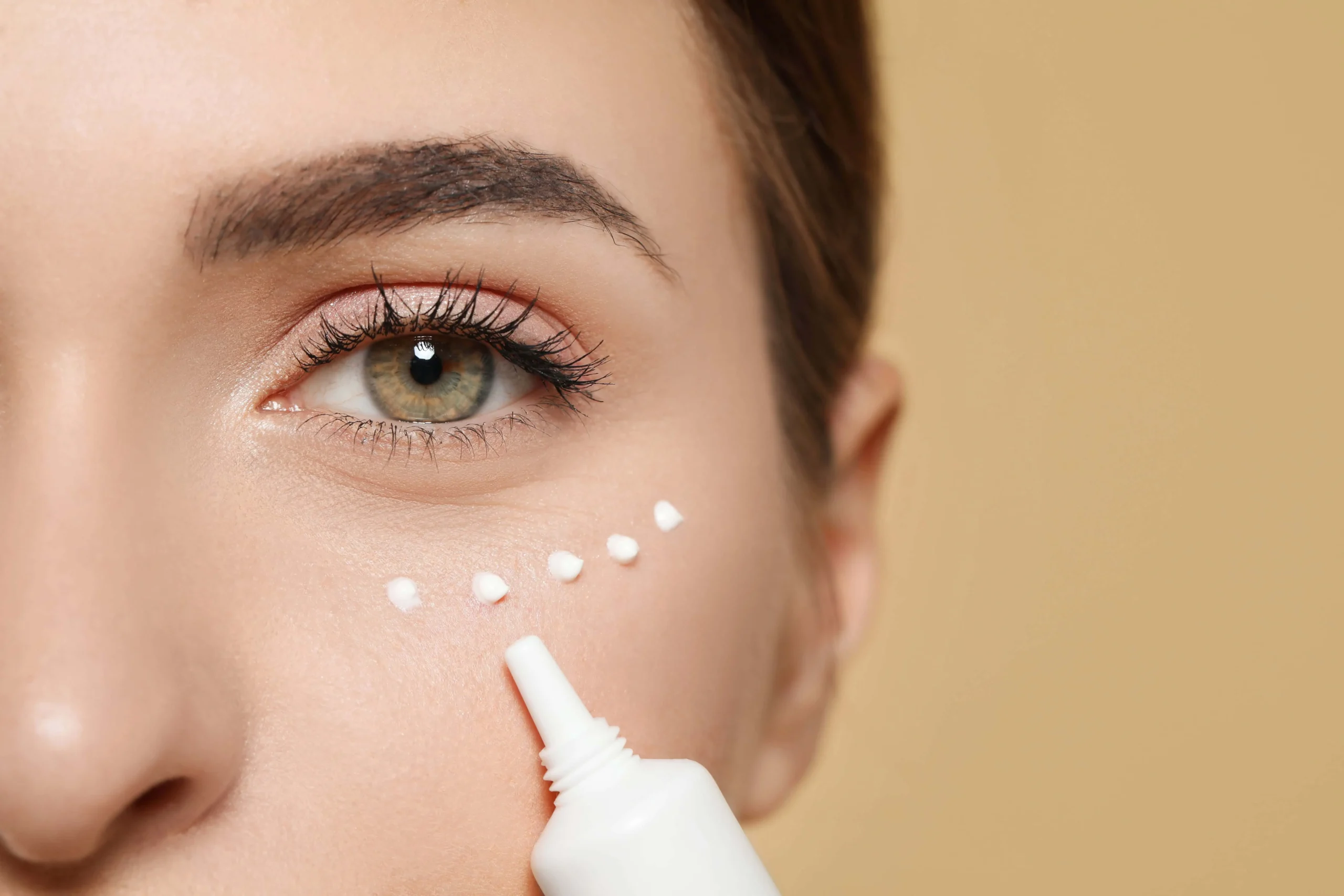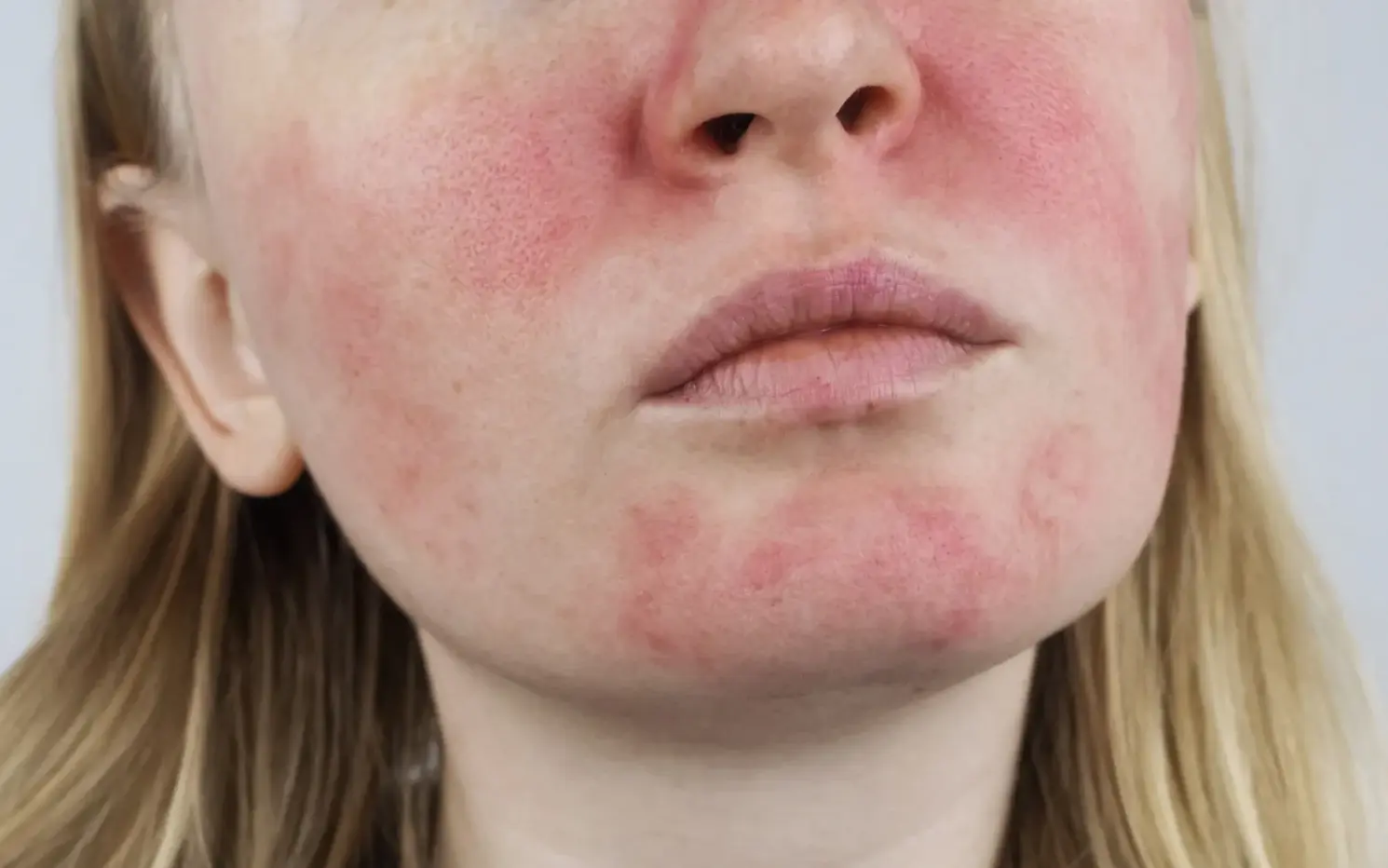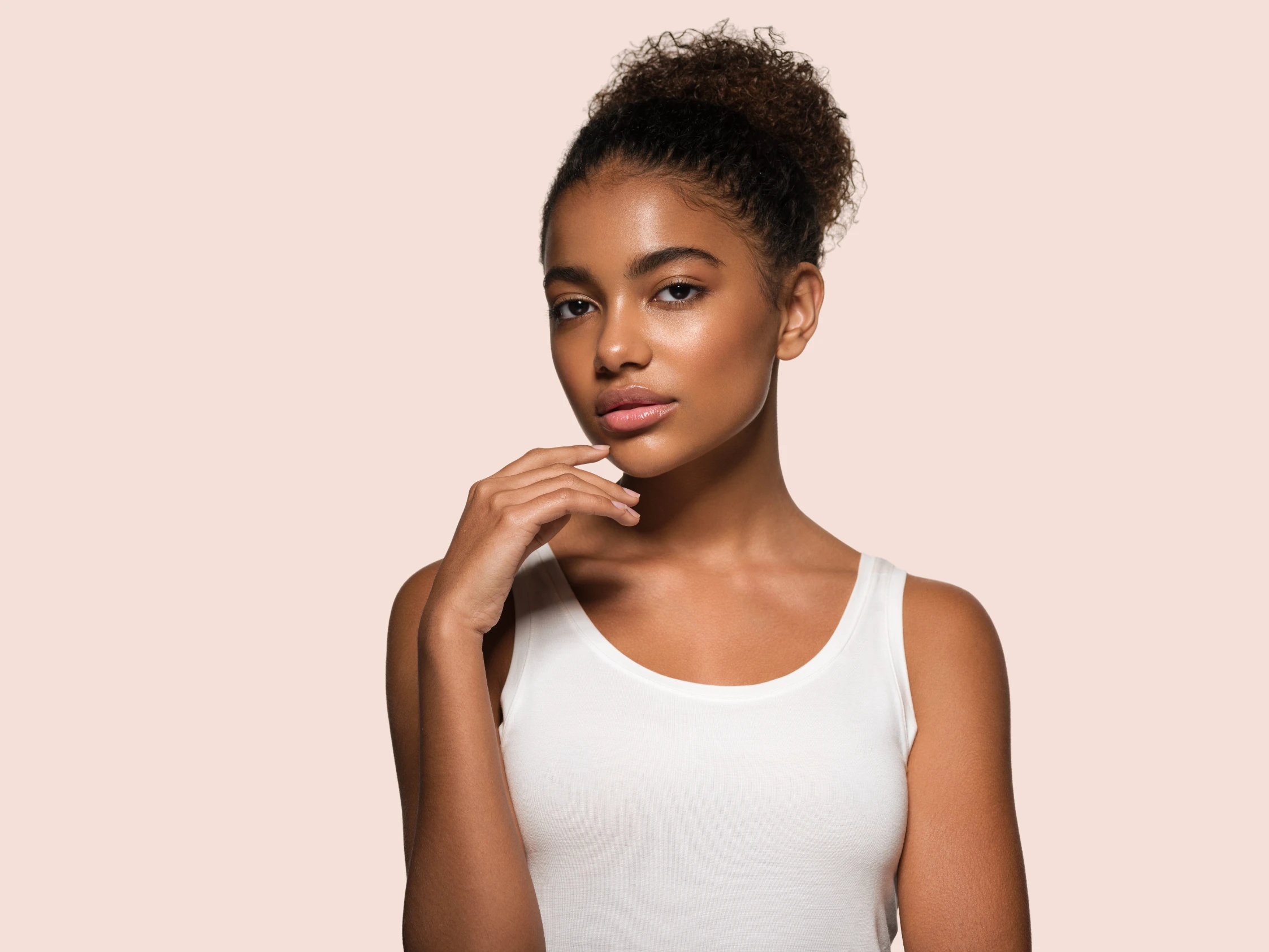Blisters are a common skin condition that can be a real pain—literally! Whether you’ve developed a blister from wearing new shoes or from a sports injury, understanding what causes blisters, how to prevent them, and how to treat them is crucial for fast recovery and relief. In this blog post, we’ll cover everything you need to know about blisters, including their causes, prevention tips, and effective treatments.
What Are Blisters?
Blisters are small, fluid-filled sacs that form on the skin’s surface. They typically appear as a bubble filled with clear fluid, but they can also contain blood or pus depending on their cause. Blisters form as a protective mechanism when the skin is damaged by friction, burns, or infections.
Common Causes of Blisters
Blisters can develop from a variety of causes, including:
- Friction: One of the main reasons for blisters is friction. This can occur from wearing ill-fitting shoes, repetitive rubbing of the skin, or using tools without proper protection. For example:
○ New Shoes: New or poorly fitting shoes can cause blisters on the feet.
○ Sporting Activities: Repeated movements like running or rowing can lead to blisters on hands or feet.
○ Friction Burns: Rubbing the skin against rough surfaces can create blisters. - Burns: Blisters can form from first-degree or second-degree burns. These burns damage the skin layers, causing the formation of blisters as the body’s way to heal the injury.
- Sunburn: Overexposure to the sun’s UV rays can cause sunburns, which sometimes lead to blistering.
- Infections: Certain infections, such as herpes simplex virus or chickenpox, can cause blisters on the skin.
- Allergic Reactions: Reactions to substances like poison ivy can cause blisters.
- Medical Conditions: Some chronic conditions like eczema or pemphigus vulgaris can cause blistering as a symptom.
How to Prevent Blisters?
Preventing blisters involves taking steps to avoid the conditions that cause them. Here are some effective strategies:
- Wear Properly Fitting Shoes: Ensure your shoes fit well and are broken in properly. Choose shoes that offer adequate support and cushioning for your activities.
- Use Protective Gear: For activities that cause friction or potential injury, use gloves, padded socks, or protective clothing.
- Keep Skin Dry: Moist skin is more prone to blistering. Wear moisture-wicking socks and use antiperspirants on areas prone to friction.
- Apply Lubricants: Use blister prevention products like blister pads, or apply anti-friction balms to areas prone to rubbing.
- Sunscreen: Protect your skin from sunburn by applying a broad-spectrum sunscreen with SPF 30 or higher, and reapply every two hours when outdoors.
How to Treat Blisters?
If you already have a blister, here’s how to treat it properly:
- Do Not Pop the Blister: It’s important to leave the blister intact to protect the underlying skin and promote healing. The fluid inside the blister acts as a natural barrier against infection.
- Clean the Area: Carefully wash the area using mild soap and water.Steer clear of harsh chemicals or alcohol, as they may cause skin irritation.
- Cover the Blister: Protect the blister with a sterile bandage or blister pad. Look for products like Compeed Blister Plasters or Band-Aid Hydro Seal Blister Bandages that are designed to cushion and protect blisters.
- Avoid Further Irritation: Try to avoid activities that caused the blister to prevent further irritation. If the blister is on your foot, consider wearing different shoes or using a cushioned insole.
- Watch for Infection: If the blister becomes red, swollen, or filled with pus, it might be infected. In such cases, see a healthcare professional for advice and treatment.
- If the Blister Pops: If a blister accidentally bursts, clean the area with mild soap and water, apply an antibiotic ointment, and cover it with a sterile bandage.
- Seek Medical Attention: If you have a large or very painful blister, or if you notice signs of infection, consult a doctor.
Home Remedies for Blisters
If you prefer natural remedies, consider these home treatments:
- Aloe Vera: Apply pure aloe vera gel to soothe and heal the blistered area.
- Tea Tree Oil: Mix tea tree oil with a carrier oil and apply the mixture to the blister.It has antiseptic properties that may help prevent infection.
- Honey: Honey’s natural antimicrobial properties make it a good option for keeping blisters clean and promoting healing.
When to See a Doctor?
Most blisters can be treated at home, but there are situations where you should seek medical
advice:
- If you see signs of infection: More redness, swelling, or pus.
- If the blister is very painful or large.
- If you have blisters from severe burns or injuries.
- If you experience frequent or unexplained blisters.
Conclusion
Blisters might be a common issue, but with the right knowledge, you can manage and prevent them effectively. By understanding what causes blisters, taking preventive measures, and knowing how to treat them, you can keep your skin healthy and comfortable. Whether you’re dealing with a blister from new shoes or a burn, these tips and treatments will help you get back on your feet—or hands—faster. If you ever feel unsure about your blister or its treatment, don’t hesitate to reach out to a healthcare professional for personalized advice. Feel free to share this guide with friends or family who might find it useful, and check out our other posts for more skincare tips and health advice!





